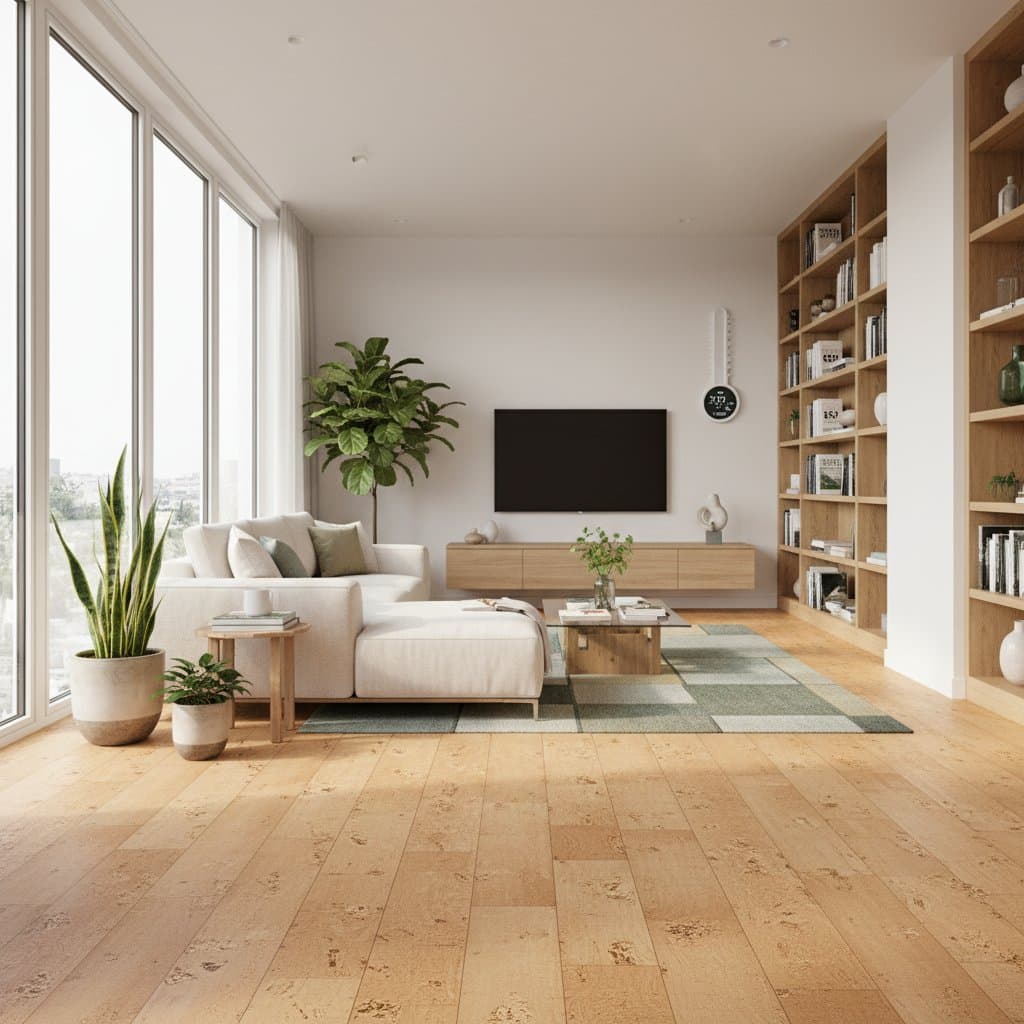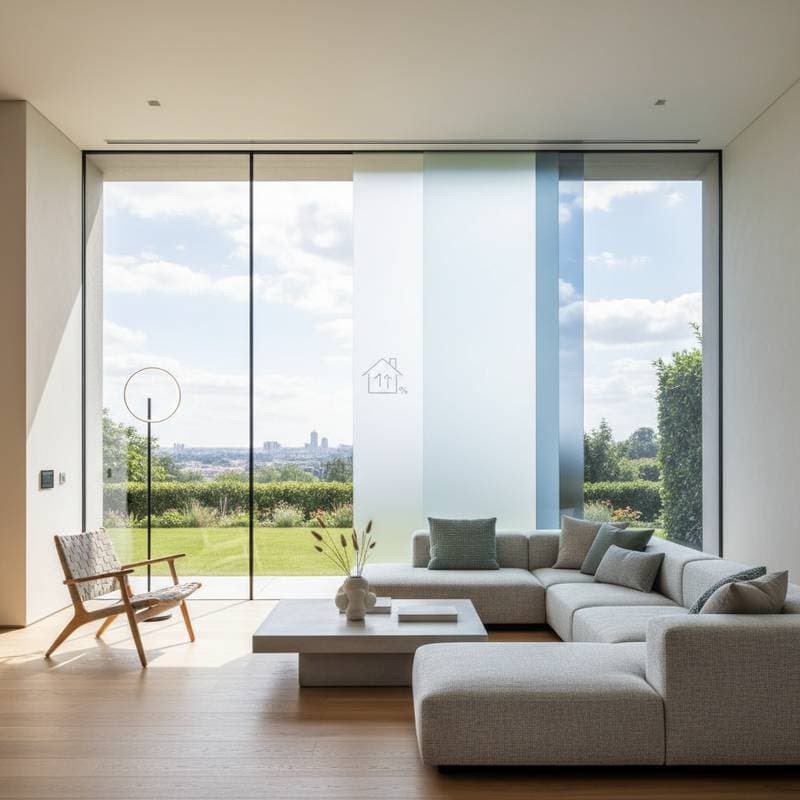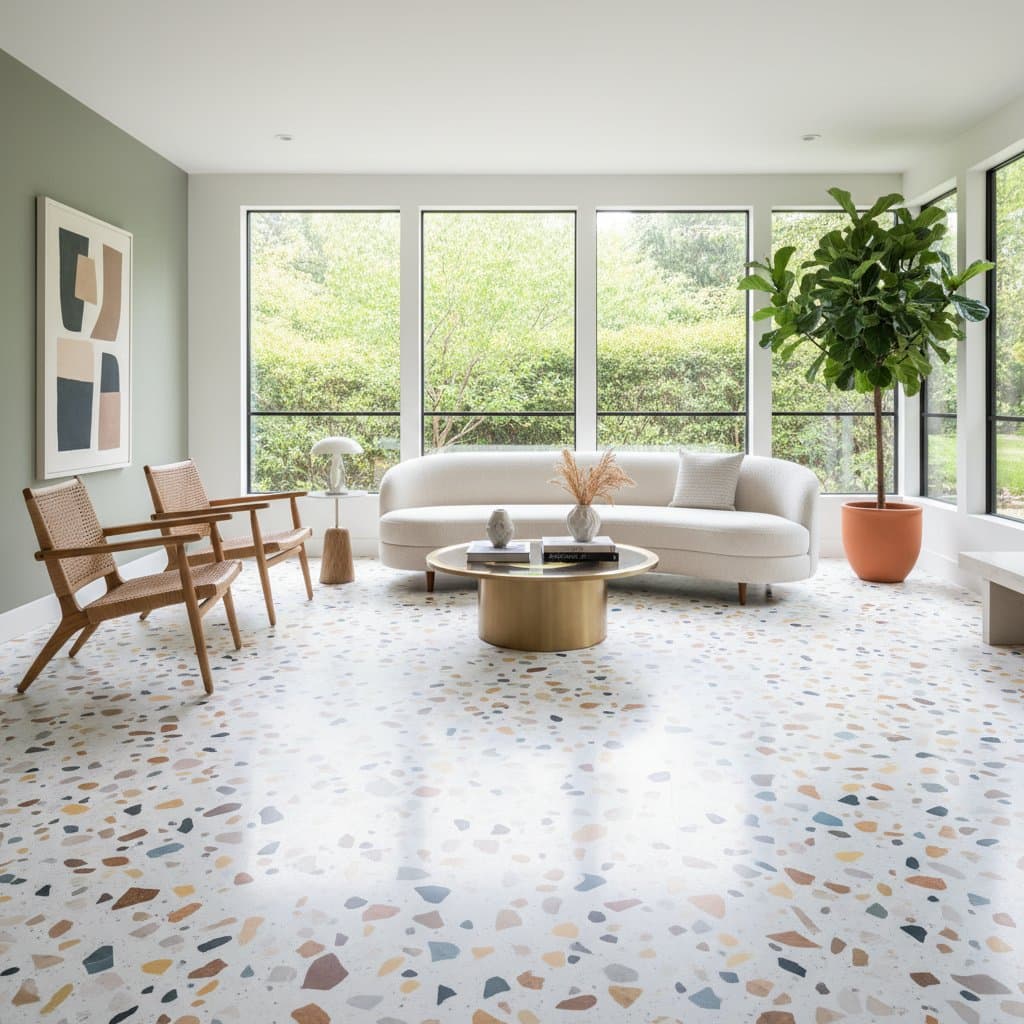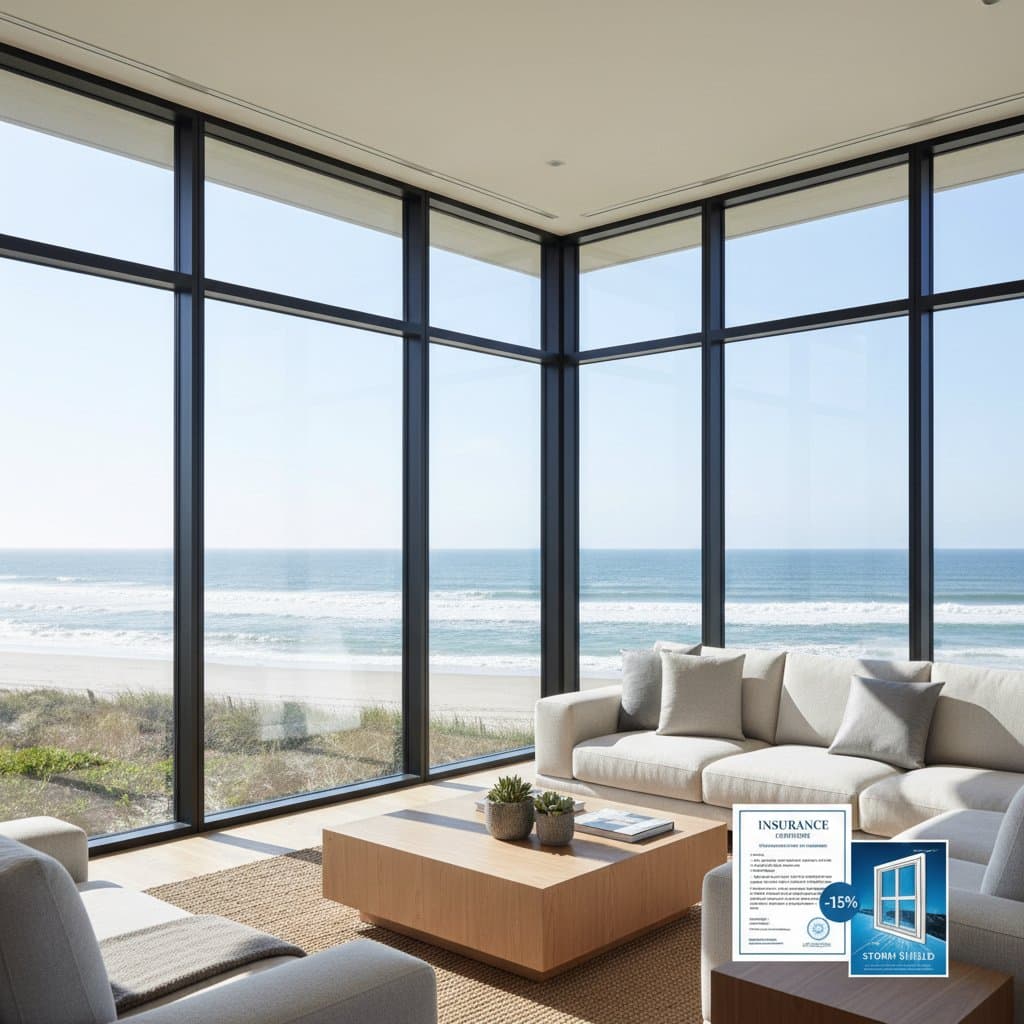Cork Flooring: A Sustainable Option That Increases Home Value by 6 Percent in 2025
Cork flooring raises a home's resale value by approximately 6 percent. This material provides warmth, durability, and sustainability features that appeal to contemporary buyers. Installation costs average 5 to 12 dollars per square foot, and a full room project requires one to three days.
Homeowners increasingly select cork flooring for its comfort, sound-dampening qualities, and renewable origins. This choice aligns environmental responsibility with tangible financial benefits. When installed properly, cork floors endure for decades and attract buyers who prioritize sustainable options.
Step-by-Step Guide to Installing Cork Flooring
1. Prepare the Subfloor
Clean the surface thoroughly to ensure it remains dry and level. Remove existing flooring and address any squeaks or irregularities. A stable subfloor prevents gaps and ensures long-term performance.
2. Acclimate the Planks
Allow cork planks to remain in the installation room for at least two days. This process helps the material adapt to the ambient humidity and temperature, minimizing risks of expansion or contraction.
3. Install the Underlayment
Apply a vapor barrier or dedicated cork underlayment to manage moisture, particularly over concrete slabs. Secure seams with tape to maintain a continuous protective layer.
4. Plan the Layout
Measure the space carefully and mark guidelines with chalk lines for precise alignment. Vary plank lengths to create a natural, staggered appearance that enhances visual appeal.
5. Assemble the Planks
For floating installations, connect planks using click-lock mechanisms similar to laminate systems. In glue-down applications, spread adhesive evenly with a notched trowel and work in manageable sections to avoid excess drying time.
6. Trim and Fit Around Obstacles
Cut planks to accommodate walls, fixtures, and transitions using a fine-tooth saw. Maintain a quarter-inch expansion gap along the perimeter, then conceal it with baseboards or quarter-round molding.
7. Apply Sealant for Protection
For unfinished cork, coat the surface with water-based polyurethane to enhance sheen and water resistance. Follow manufacturer guidelines for multiple thin layers to achieve optimal durability.
Project Timeline
- DIY Installation: Expect one to three days for a standard room, depending on size and experience.
- Professional Installation: Professionals complete the work in one to two days, including preparation.
- Sealant Curing: Allow an additional day for drying before introducing heavy foot traffic.
Floating systems install more quickly without adhesive wait times. Glue-down methods require extra curing but provide a more secure feel.
Choosing Between DIY and Professional Installation
Opt for DIY When:
- The subfloor proves level and free of defects.
- You select floating planks with easy click-lock edges.
- You possess basic tools and confidence in cutting and fitting around obstacles.
Hire a Professional When:
- The subfloor shows unevenness or damage requiring repair.
- The project involves glue-down tiles or intricate patterns.
- You seek full warranty protection for both materials and workmanship.
Professionals complete jobs efficiently, ensure seamless joints, and select appropriate sealants based on local conditions. Inadequate sealing represents the primary reason for cork floor issues, making expert application essential for longevity.
Considerations for Regional Climates
Cork responds subtly to humidity fluctuations. In coastal or southern areas with high moisture, incorporate a robust moisture barrier and increase expansion gaps. For dry or elevated regions, employ a humidifier to counteract potential shrinkage.
In colder climates, cork's insulating properties maintain warmer floor temperatures compared to tile or laminate. Humid environments demand meticulous edge sealing to block water intrusion at joints. Verify local building codes, as permits seldom apply to simple flooring replacements but may be necessary for subfloor modifications or integrated heating systems.
Maintenance Practices to Preserve Value
Cork floors require straightforward upkeep to avoid common issues stemming from moisture or neglect.
Daily and Weekly Routines
Sweep or vacuum once a week to remove debris. Place mats at entrances to trap dirt. Clean spills immediately with a damp cloth to prevent staining.
Periodic and Long-Term Care
Reseal the surface every five to seven years, or more frequently in high-traffic areas like kitchens and bathrooms. Avoid dragging heavy furniture across the floor. Attach felt pads to the legs of chairs and tables. Maintain indoor humidity levels between 40 and 60 percent using appropriate devices.
Proper maintenance extends cork's lifespan beyond many alternative materials and sustains its contribution to home value.
Environmental and Health Advantages
Cork derives from the bark of living trees, harvested manually without harming the plant, which regenerates over time. This process sequesters carbon during growth and harvest, resulting in one of the smallest ecological impacts among flooring options.
The material exhibits hypoallergenic and antimicrobial properties, naturally repelling mold and mildew. Individuals with allergies often experience reduced symptoms after transitioning from carpet to cork. Its resilient cushioning eases joint stress, offering a gentler alternative to rigid surfaces like tile or stone.
Why Buyers Value Cork Flooring
- Sustainability Appeal: Renewable sourcing aligns with preferences for environmentally responsible materials.
- Comfort and Acoustics: The soft texture absorbs sound and provides a quiet, pleasant walking surface.
- Energy Efficiency: Inherent insulation reduces heating and cooling expenses.
- Aesthetic Warmth: Natural grain patterns complement modern, open living spaces.
- Minimal Maintenance: Simple cleaning and periodic refinishing suit demanding lifestyles.
These attributes position cork as a premium feature that influences purchasing decisions.
Practical Recommendations for Optimal Results
Test subfloor moisture levels with a meter prior to starting. Purchase 10 percent more material than needed to account for cuts and variations in batch shading. Seal edges meticulously near water sources such as sinks and appliances. Select pH-neutral cleaners after testing on an inconspicuous area. Store unused planks in a dry location for potential future repairs.
These practices safeguard the flooring and preserve its appearance for years.
Moving Forward with Cork Flooring
Cork flooring delivers comfort, environmental benefits, and enhanced market value. Begin by evaluating your subfloor and monitoring humidity. For optimal outcomes, consider professional installation of a floating system, which balances affordability and performance. Maintain cleanliness and schedule resealing to enjoy a serene, efficient home that appeals to discerning buyers.
This upgrade transcends temporary styles, providing enduring returns through daily use and resale advantages.
Frequently Asked Questions
Is cork flooring waterproof? No, though sealing renders it water-resistant. Address spills promptly to avoid damage.
How long does cork flooring last? Proper care yields 20 to 30 years of service.
Can you refinish cork flooring? Yes, through light sanding followed by resealing to renew the finish.
Does cork fade in sunlight? It fades gradually; mitigate with window treatments or UV-protective coatings.
Is cork suitable for homes with pets? Yes, it withstands scratches better than hardwood and offers a warm, quiet surface for animals.











